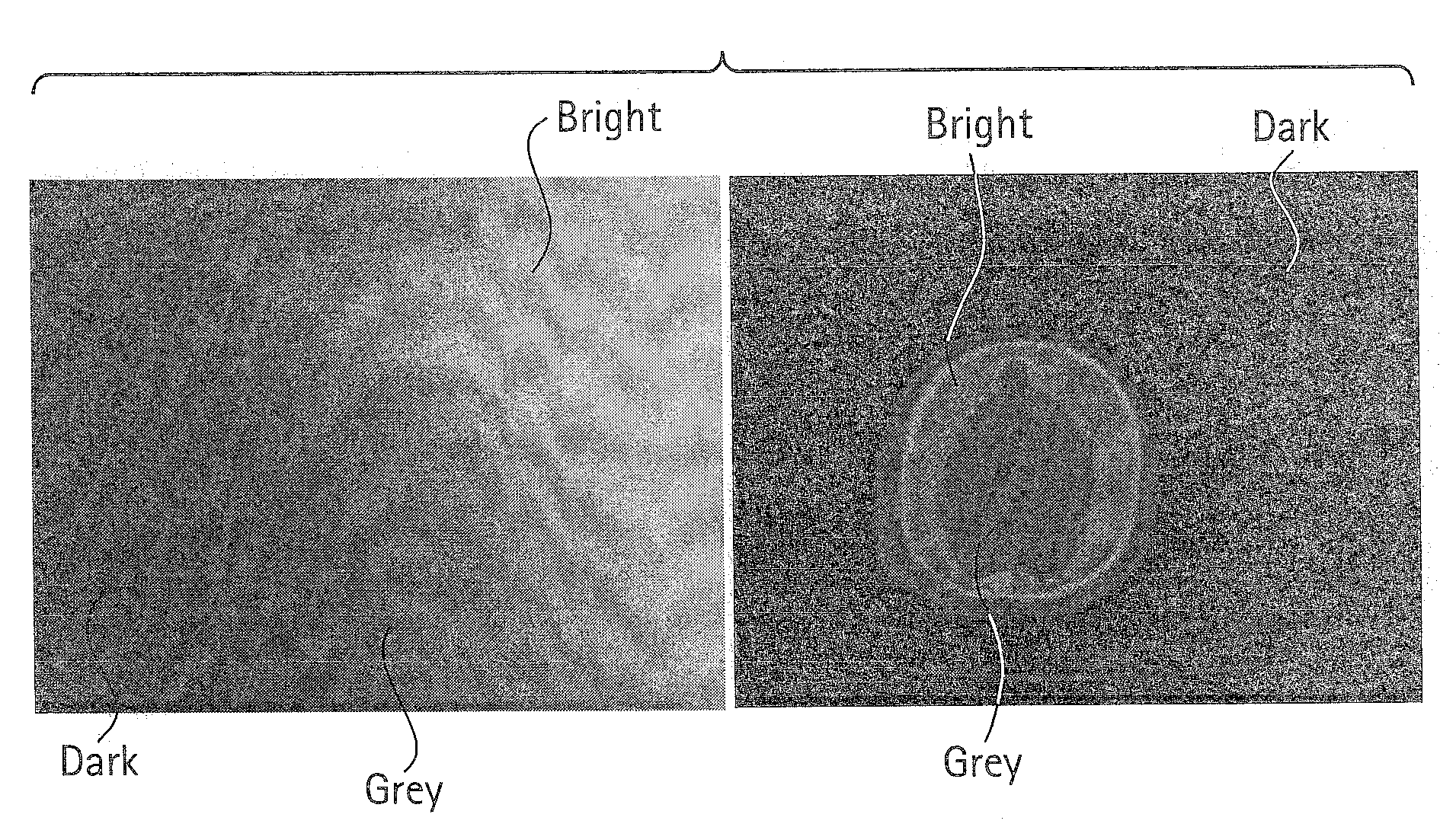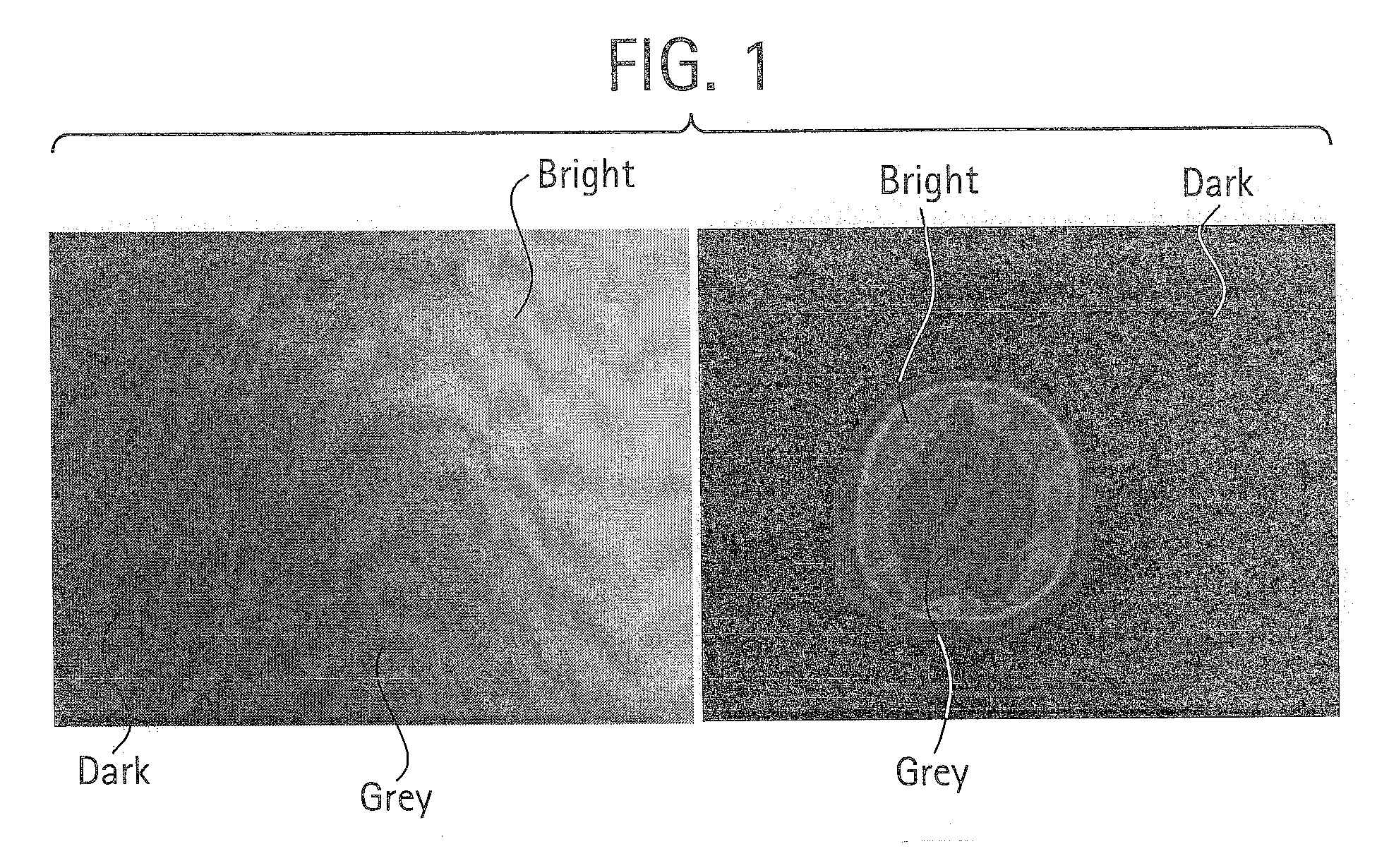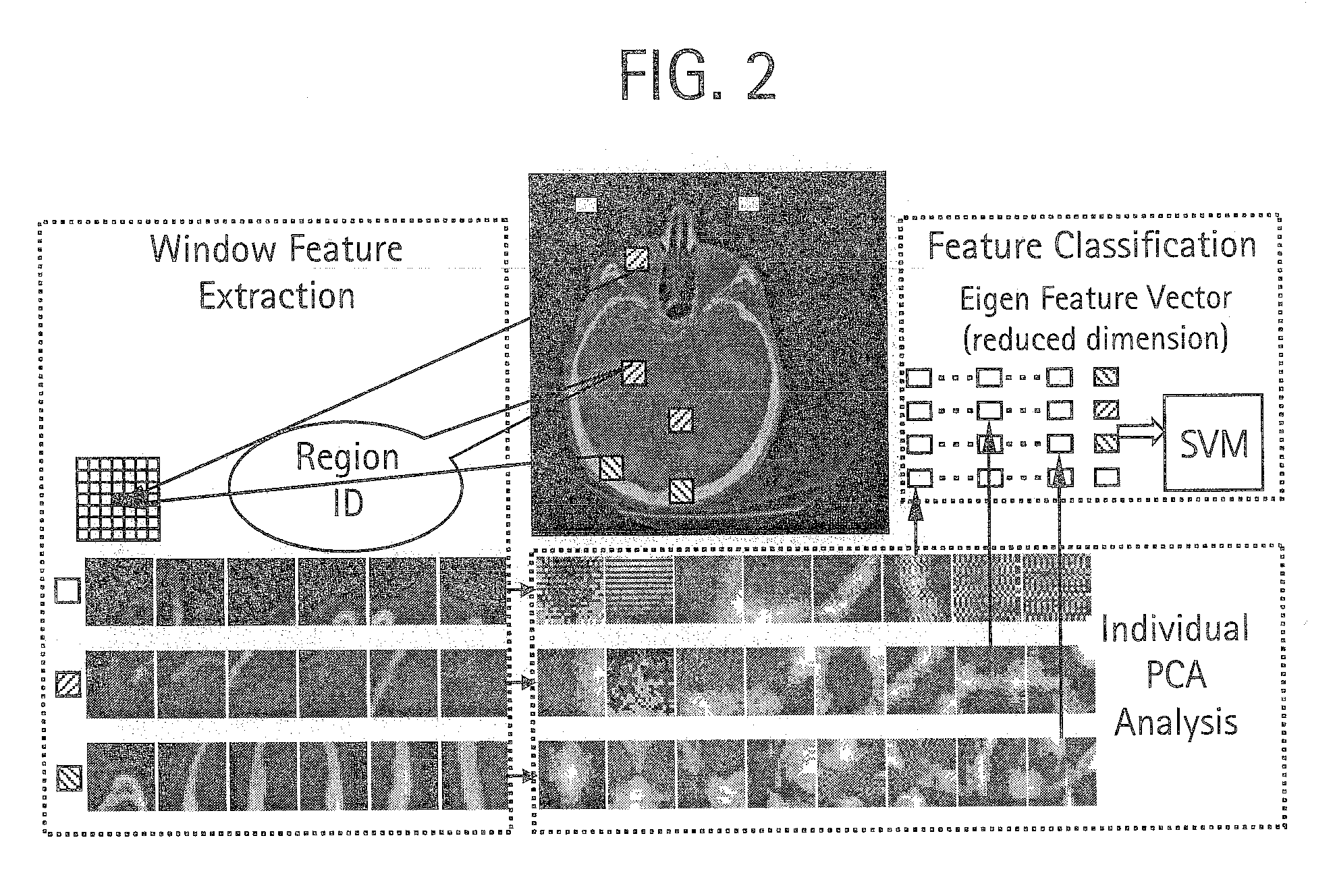Machine learning based triple region segmentation framework using level set on pacs
a machine learning and level set technology, applied in image analysis, image enhancement, instruments, etc., can solve the problems of time-consuming approaches, prone to failure, and blue region boundaries can create havoc for image segmentation, and achieve the effect of facilitating the triple region segmentation of an imag
- Summary
- Abstract
- Description
- Claims
- Application Information
AI Technical Summary
Benefits of technology
Problems solved by technology
Method used
Image
Examples
Embodiment Construction
[0032]As described above, usefulness of current or prior level set-based segmentation is lost as soon as more than two regions come into play. Certain embodiments address this problem for a particular image segmentation problem—triple region medical image segmentation—using a level set framework while preserving its advantages.
[0033]Certain embodiments provide triple-region segmentation using a single level set function to segment the three regions of an image. The level set function formulates triple-region segmentation as two dual-region segmentations. Use of one level set function enables the solution to be faster and more robust than prior, multiple level set techniques.
[0034]To adapt the processing in clinical setting, a pattern classifier is combined with level set to achieve a clinical segmentation for three region medical images. A pattern classifier and individual principal component analysis are used to accelerate pathological level set segmentation. An evolution of the le...
PUM
 Login to View More
Login to View More Abstract
Description
Claims
Application Information
 Login to View More
Login to View More - R&D
- Intellectual Property
- Life Sciences
- Materials
- Tech Scout
- Unparalleled Data Quality
- Higher Quality Content
- 60% Fewer Hallucinations
Browse by: Latest US Patents, China's latest patents, Technical Efficacy Thesaurus, Application Domain, Technology Topic, Popular Technical Reports.
© 2025 PatSnap. All rights reserved.Legal|Privacy policy|Modern Slavery Act Transparency Statement|Sitemap|About US| Contact US: help@patsnap.com



